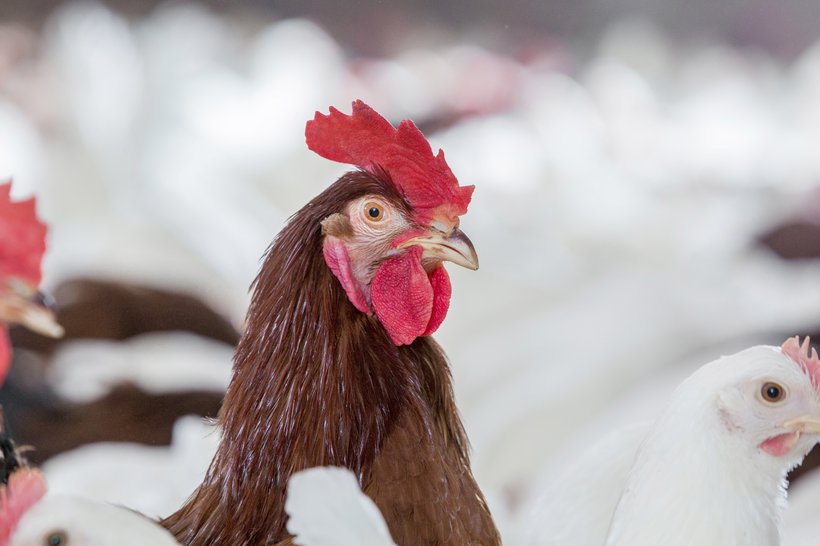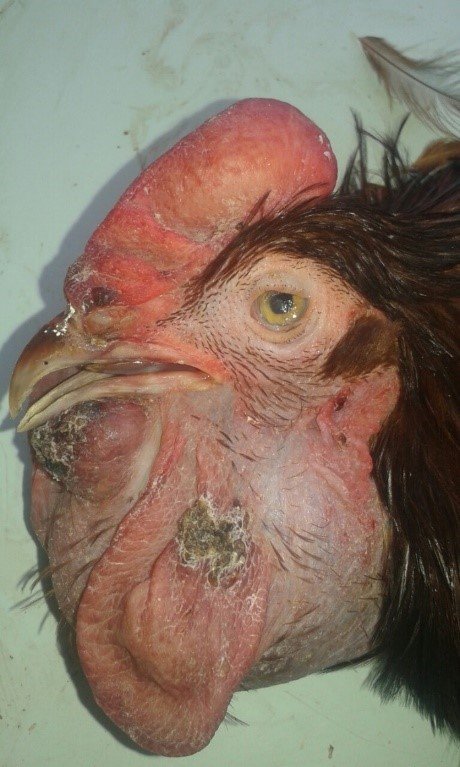
Published on April 28, 2021
Fowl Cholera
Fowl Cholera (FC) is a bacterial disease, caused by Pasteurella multocida (PM), a small, gram negative rod. Five capsular serotypes (A, B, D, and F) are currently recognized. PM has a wide range of avian hosts, commercial laying hens, game birds and wild birds, and a wide range of mammalian hosts.
Most important sources of infection are chronically infected birds and asymptomatic carriers (birds, rodents, pigs, dogs, and cats). PM is sensitive to disinfectants, sunlight, and heat, but survives long enough to spread via poultry materials/ equipment and via people. Fowl Cholera is more prevalent in late summer, fall and winter, probably because of increased exposure to vectors and because of suboptimal climate conditions in the poultry houses. Vertical egg transmission does not seem to occur. Fowl Cholera is not a hatchery problem.
Clinical signs
Most times, (per)acute mortality is the first clinical sign. Depression, fever, anorexia, mucous discharge from the mouth, diarrhea, and cyanosis of comb and wattles can be seen. Mortality usually ranges from 0-20%. Mature chickens are more susceptible than young ones.

Rooster affected by Fowl Cholera
Diagnosis
In the acute phase, post-mortem shows signs of septicaemia. In the chronical phase, signs are related to localized infections. The diagnose of Fowl Cholera is confirmed by bacterial culture or PCR from bone marrow, heart blood, liver, meninges, or localized lesions, or from nasal mucus (live birds).Serology has limited value as diagnostic tool but can be used to monitor vaccination response.
Treatment and control
PM reacts very well on antibiotic treatment with amoxicillin, penicillin and tetracyclines, but only during treatment. A sensitivity test is recommended. Removal of dead birds and eliminating reservoirs or prevent their access (biosecurity!) must support the treatment. Inactivated vaccines containing serovars 1, 3 and 4 are available. Autogenous bacterins containing a locally isolated strain are also used. Cross protection between serovars is limited or none. Live vaccines are used in the US and in Australia. These vaccines are said to induce protection against heterologous serovars.
References
- Pat J. Blackall and Charles L. Hofacre. Diseases of Poultry, 14th Edition.
- Jean E. Sander. Merck Veterinary Manual Nov 2019.
